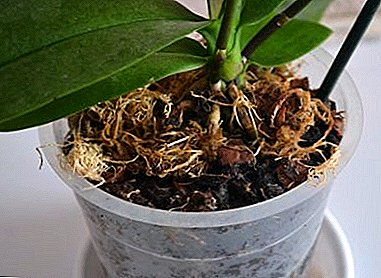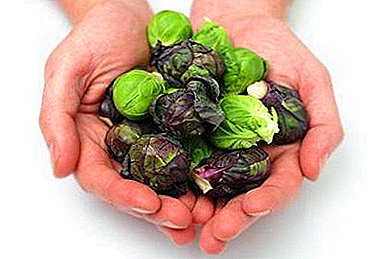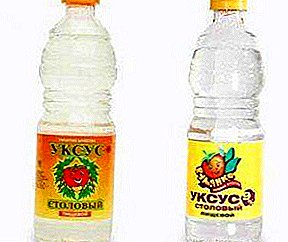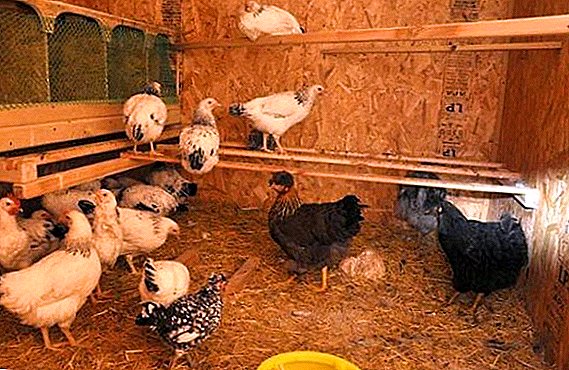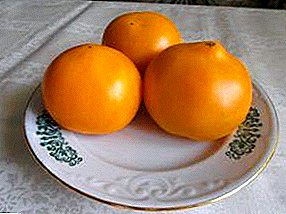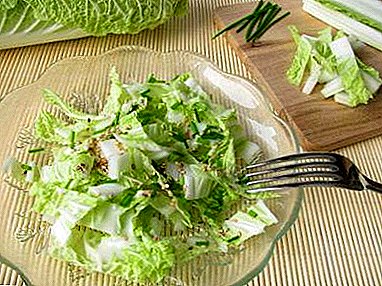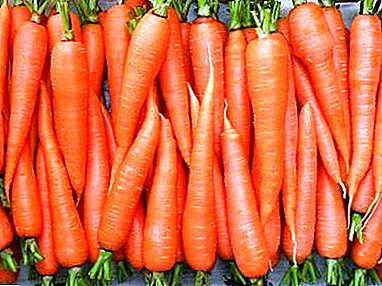 Pets may suffer from food poisoning when eating stale food, malfunctioning the gastrointestinal tract or in the case of poisoning by unauthorized persons. It is important for the owner of cows and other cattle to know the symptoms and treatment methods in order to act promptly and correctly in the event of such a problem.
Pets may suffer from food poisoning when eating stale food, malfunctioning the gastrointestinal tract or in the case of poisoning by unauthorized persons. It is important for the owner of cows and other cattle to know the symptoms and treatment methods in order to act promptly and correctly in the event of such a problem.
What can poison a cow
With good cow immunity, substances that can cause intoxication can still be caught.
The most common causes of poisoning are as follows:
- Poor quality, expired or sour food, with which penetrate pathogens.
- The ingestion in the gastrointestinal tract along with the food of non-decomposed pesticides with which this feed was previously processed
- The use of heavy metal salts with feed from the same pesticides and other fertilizers.
- A large amount of salt, consumed with food or separately, also causes poisoning.
- Eating poisonous plants, green potatoes, mushrooms.
- Excess consumption of beets, which in large quantities can lead to poisoning.
- Intentional poisoning of the animal.
Important! Poisoning with last year's potatoes, or even before last year, that a cow may accidentally dig up during grazing, is a widespread ailment. Older tubers contain solanine, causing disorders of the digestive and nervous systems.
When grazing a cow, it is necessary to check the area and make sure that there are no plants that can poison the animal - buttercup, lupine, Sudanese, hemlock, horsetail, henbane, crucian, as well as others containing alkaloids in high concentrations.
These herbs can cause severe damage to internal organs. For example, eating cattle krestovik can be fatal due to damage to the liver and kidneys. And digitalis and hemlock paralyze the nervous system and lead to the rapid death of the animal. 
Symptoms of manifestation
Toxic substances that have entered the body usually manifest themselves within a few hours. Much less often the reaction occurs in a day or more.
Important! With the manifestation of these symptoms, you must immediately begin therapy, preventing further absorption of toxins into the blood.You can determine that the animal is poisoned by the following symptoms:
- fecal masses become unnatural color (too light or dark), blood, frothy and mucous inclusions are noticed in them;
- bloating;
- high temperature;
- staggering gait;
- vomiting;
- obvious depression - the cow lies stretching its limbs in front of it;
- increased heart rate;
- rapid breathing;
- change in pupil size - both dilation and contraction;
- increased salivation, or, conversely, dryness in the mouth;
- increased urination;
- discoloration of the mucous membrane of the oral cavity (reddening, in the presence of ulcers, means poisoning by mercury, and blue in the face of arsenic);
- possible convulsive state, mental agitation, inadequate condition.

What to do, how to help a cow with poisoning
Depending on the nature of intoxication, various antidotes can be used. In extreme cases, an experienced veterinarian may perform a small operation to puncture the scar with the introduction of powerful drugs.
Did you know? The magnetic field of the planet is perfectly sensed by the sensory organs of the cow, so when eating or resting, the animal positions its body along its lines.
First aid
For each poisonous substance there is a medicine:
- Arsenic. Gastric lavage with a 1% solution of burnt magnesia, followed by milk or other fatty food liquids.
- Mercury. The Strizhevsky antidote (alkaline solution with 0.5% hydrogen sulfide) is applied, then you need to drink milk or mucous fluids to restore the film on the surface of the stomach.
- Nitrates A methylene mixture is used followed by gastric lavage through a probe.
- Copper salts. Glucose is injected intravenously and gastric lavage is performed with charcoal water.
- Beet. Abundant gastric lavage with potassium permanganate (0.1% solution), subcutaneous injection of insulin, intravenous injection of 5% salt solution.
- Poisonous herbs. Feeding of a 0.5% aqueous solution of acetic acid (about 2 liters), intravenous glucose and hexamine, as well as gastric lavage with a 0.1% solution of potassium permanganate.

Further therapy
The treatment is carried out by a veterinarian, as only a specialist can determine the cause of the disease and select the necessary drugs. Nonprofessional actions very often lead to death. The doctor, at the end of the emergency phase of medical care, will give all instructions and recommendations for further treatment of the affected cattle.
Learn more interesting facts about cows.
On his own, the owner can help his sick pet by providing him rest in a room with proper conditions — it is warm and not too dry in winter, and cool and a little damp in summer.
In the first two days the cow does not need to be fed, but the drink must be offered all the time - when the animal wants it, it will begin to restore the body with the help of liquid. Also, for the normalization of life, you need to give sorbing drugs (as prescribed by a veterinarian), which will help to quickly remove toxins.
With the normalization of the state, you can begin to feed the female farinaceous flour and oat chatterboxes, watching the reaction of her body. If everything is already well, the animal is gradually given the usual food, carefully checking its composition and origin. 
Prevention
In order to avoid poisoning, which can lead to a decrease in milk yields and animal masses, or cattle mortality, it is necessary to observe hygiene measures and prevent such situations from occurring.
The approximate prevention plan is:
- careful inspection of the feed at the stage of its procurement or at the time of purchase (composition, humidity, consistency, absence of parasites and mold);
- inspection (with laboratory checks of samples) of pastures after the area has been treated by sanitary aviation or their exclusion from areas of walking;
- disposal of containers from various chemicals and the elimination of its washing in ponds, lakes and other places of watering of cattle;
- and again about the beets - the cow should not be given this root crop more than 12 kg per day;
- storing fodder potatoes in dark places to avoid the appearance of toxic solanine in it.
Breeding cows is associated with the risk of developing diseases such as mastitis, actinomycosis, vaginitis, ketosis, foot and mouth disease, pasteurellosis and cysticercosis.
Poisoning a cow most often occurs spontaneously, with a rapid course, and can lead to the death of the animal. In difficult situations, the entire herd may fall.  To prevent this from happening, farmers need to be attentive to their wards and respond to changes in their condition in time.
To prevent this from happening, farmers need to be attentive to their wards and respond to changes in their condition in time.
Did you know? Everyone knows that cows are given milk at hazardous work, but few know why. The fact is that drinking milk binds toxins of technogenic origin in the human body.In case of any suspicion, it is necessary to call the veterinarian - only he will be able to correctly determine the causes of the ailment and prescribe therapy in time.
Reviews from the network
"In case of severe poisoning, animals should not be given water until normalization occurs, as this may strengthen the picture of poisoning."
Treatment .m. Calcium chloride can be considered a specific antidote for sodium poisoning with chloride, a 10% solution of which is administered intravenously to large animals, and a 5% solution in 1% gelatin solution in small animals at a rate of 1-3 ml per 1 kg f .m. Pigs are injected intramuscularly with unitiol (0.5 ml / kg of a 5% solution, vitamins K and B12, ammonium phosphate, diuretic (spironolactone). Inside - milk, vegetable oil, mucus, enemas. -5.0, 1-2 times a day, in the same doses, sulfur, because it reduces the absorption of salt from the gastrointestinal tract. It is better to give water in small portions not later than 5-8 hours, and to pigs - 6- 8 hours after poisoning up to 0.5 l, per bird 0.15 l in 30-50 minutes, but often. Giving large amounts of water can lead to swelling of the brain. "



